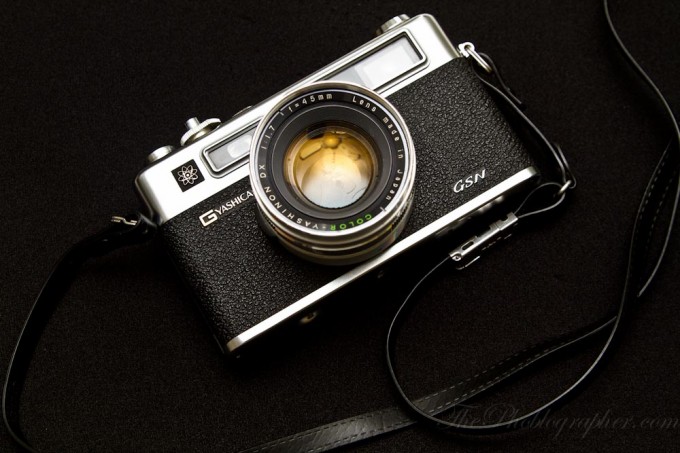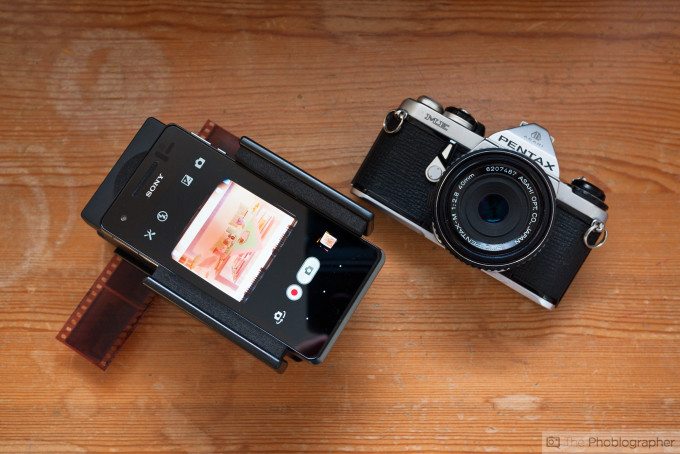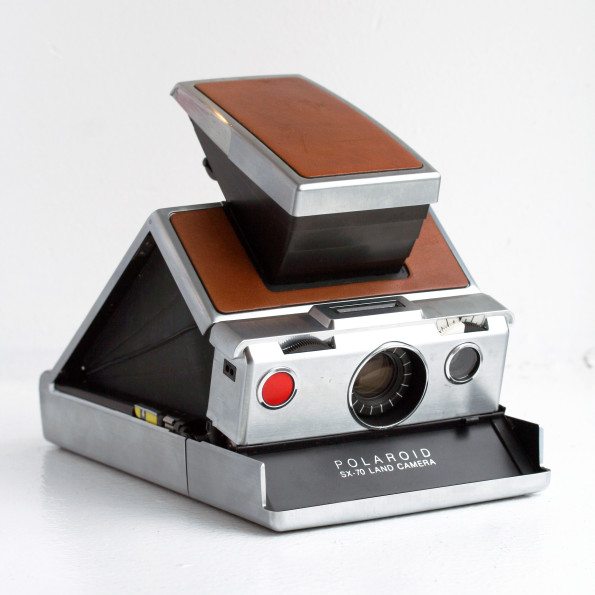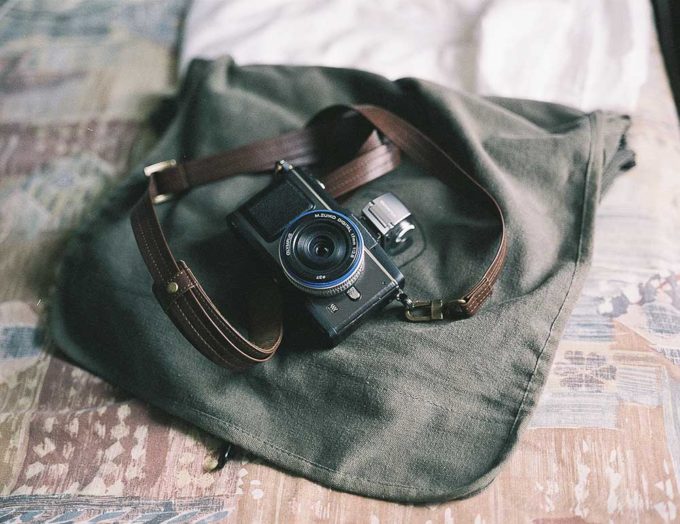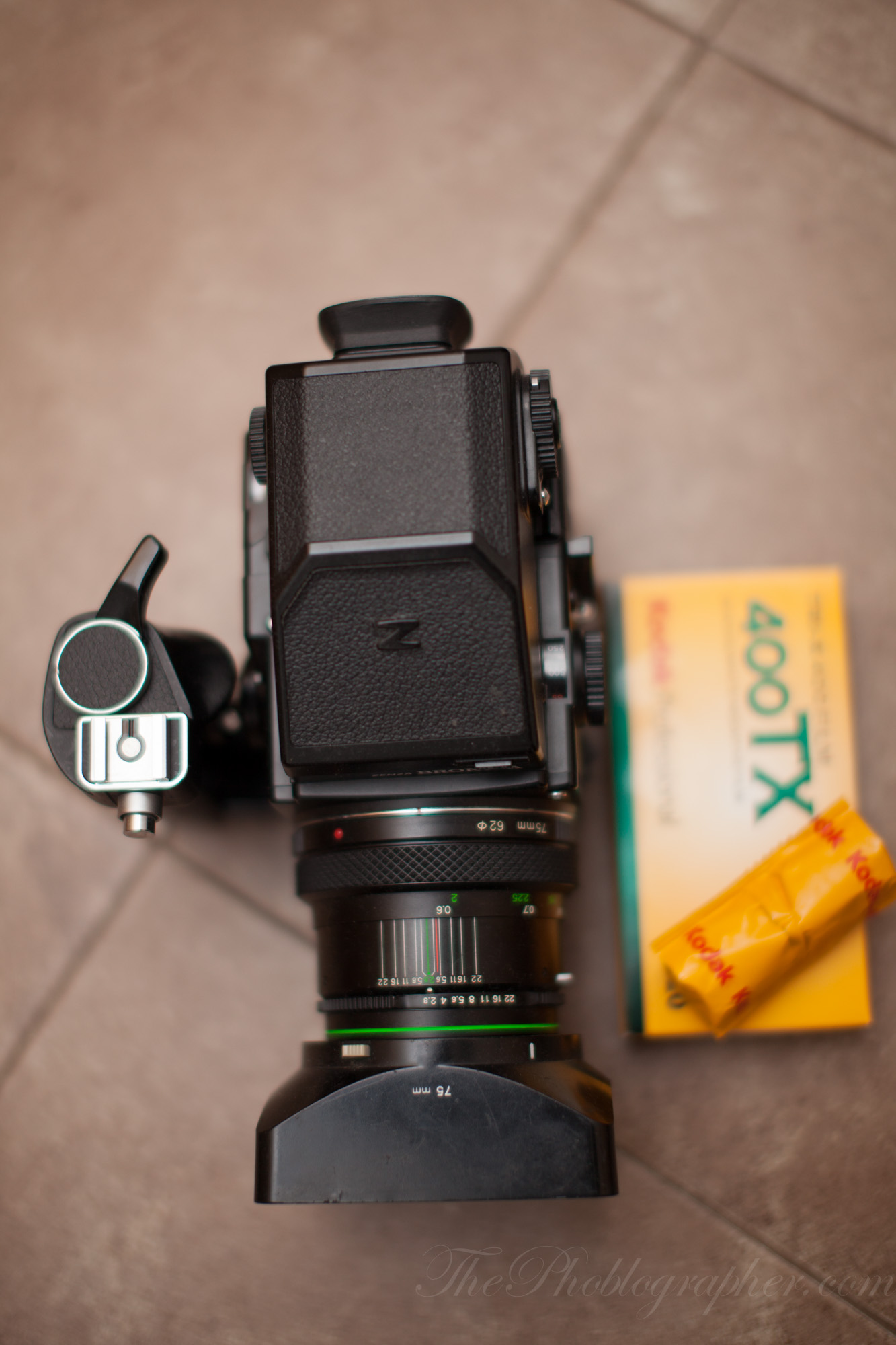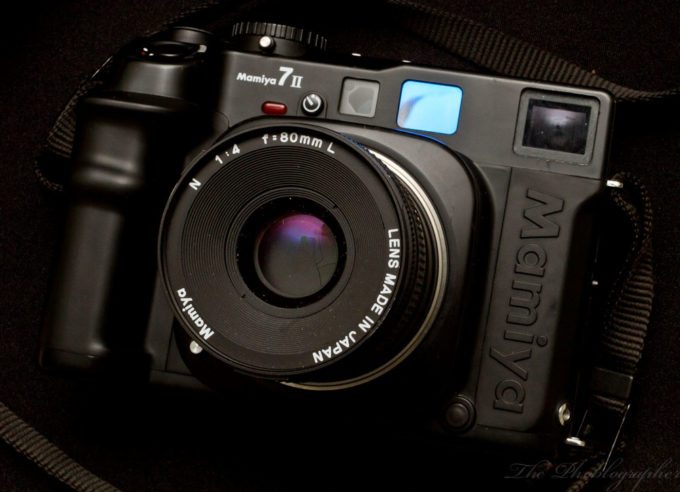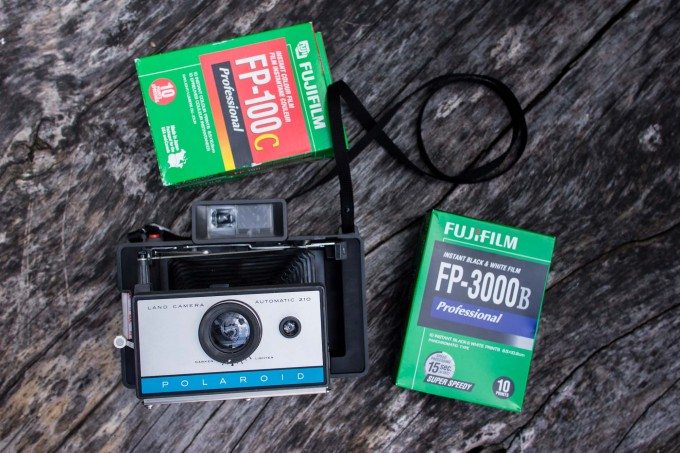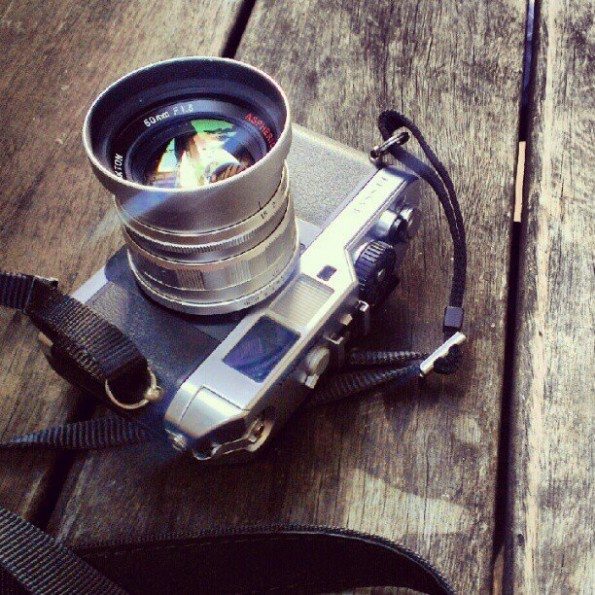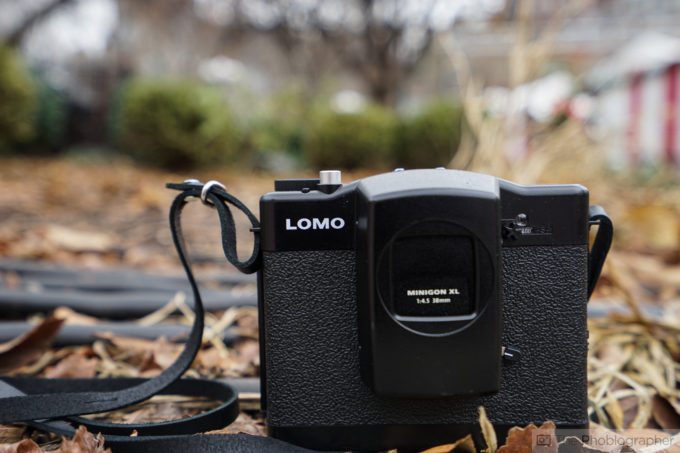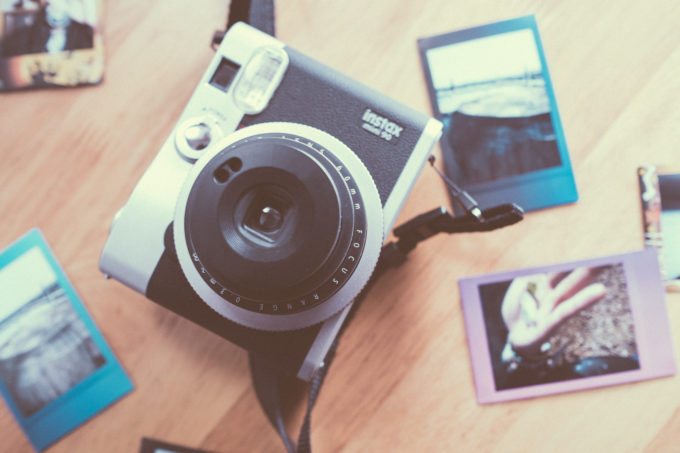April is all about analog film photography. With Film Photography Day coming up and Worldwide Pinhole Photography Day after that, now is a better time than ever to get your butt out there and start shooting with film to improve yourself as a photographer by forcing yourself to put more effort into each image.
But choosing the right camera for you can be a complicated decision. It can be incredibly difficult and intimidating. But this guide is designed to make it simpler for you.
What Do You Want to Shoot?
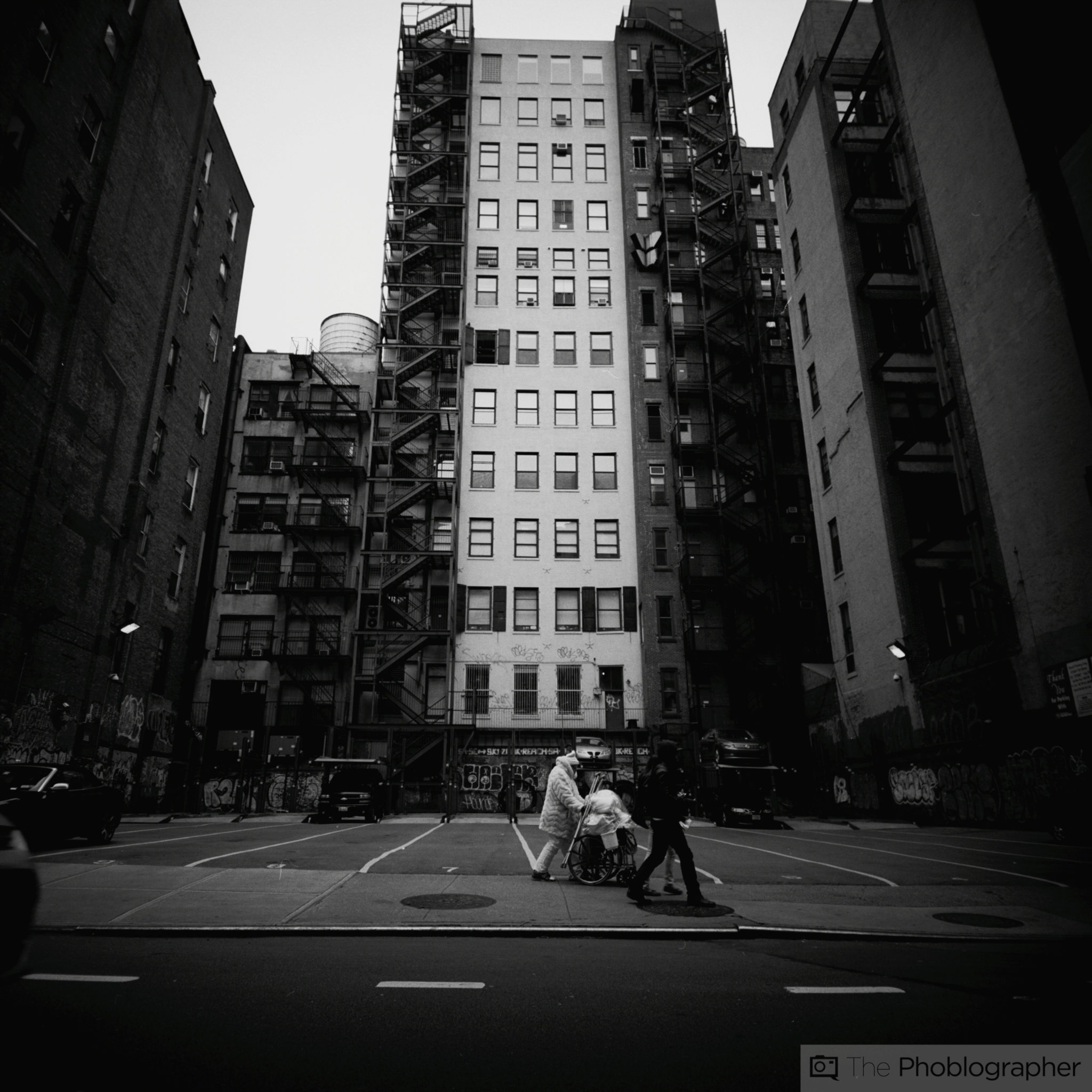
First and foremost, this is the most important question to answer. Why? Because the type of shooter that you are will VERY HIGHLY determine which camera is best for you. Back when film was king, every camera was pretty much developed for totally different needs and there was much less overlapping than there is today. In certain ways though, some basics still apply.
Want to do very general types of stuff? Then a 35mm SLR or point and shoot may be ideal.
Portraits? Medium format and large format was (and still is) king.
Sports? Yeah, 35mm is what you have to get. But this can get very expensive very quickly.
Street photography? 35mm would be best but some medium format cameras can do a decent job.
Weddings? Don’t do that.
Parties? Instant or 35mm may be best.
Then there comes different aspects like support for the system and much more. Think digital was complicated? Film is even more so, but it’s so much more worth it.
35mm, Medium Format, or Large format?
Using a camera in a specific format has its advantages and disadvantages. Lots of folks still use the 35mm film format because of how easily available the film is and how easily it can be developed. But to be honest, I personally consider the 35mm film format to be for the amateur photographer, and I’m not alone in this thinking. True analog photographers will go for 6×7 formats (medium format in 120) or larger, but I have a personal love of 645 and 3×4 Instant.
But consider this: 35mm film is very easy to use. As you get larger than this, you need to be progressively more careful. Why?
For starters, you’re dealing with a larger negative/positive–so if you think that shooting at f4 on a camera using 120 film won’t give you a shallow depth of field, then think again. It will be somewhere around the equivalent depth of field of f2.8 or even more shallow when using 120 film depending on the format that you go for.
Let’s clarify this:
35mm film can be shot in either full 35mm or half frame. Half frame takes each shot and splits it in half, making a 36 exposure roll of film extended out to 72 photos. Trust us, you’re going to take a long time trying to fill that up.
120 film comes in many different formats. You’ll be using the same rolls, but they can be shot at 645, 6×6, 6×7, 6×9 or more. The larger you go, the larger the negative you’ll produce.
Large format gets even tougher to deal with. You’ll essentially be working with a single exposure at a time and when you’re done shooting one, you load up the other. Trust us, it’s a really tough process.
Then there is Instant film. This has so many different formats like Instax, Instax Wide, 3×4 Fujifilm, and the loads and loads of Impossible project offerings.
Systems
Most 35mm camera systems have lots of accessories made for them. Want a flash with TTL transmission? You’ve got it. Want a third party lens of some sort? Sure thing! Plus many of these manufacturers continue to make lenses for most of their systems. Modern Nikon lenses won’t work on many older cameras, but there are some that may. Canon FD and EOS lenses aren’t really compatible with one another, but every lens designed for the EOS system then or now will work on any EOS digital or film camera.
Want to go with Pentax? Look for the full frame 35mm coverage lenses.
Otherwise, many old school film lenses can be adapted onto any mirrorless camera system with the right attachments.
Medium format cameras are where things start to get very complicated. For starters many (but not all) cameras have many parts. There are medium format point and shoots and rangefinders that are much less complicated, but they can be tough to get your hands on. The point and shoots are great as are the rangefinders, but they have their downsides though the good far outweighs the bad.
Medium format SLR cameras are where things are most complicated. Many cameras come with four major parts:
– Viewfinder: Top down, metered prism, non-metered prism, etc.
– Body: literally, the body that holds the mirror and some controls
– Lens: The most important part
– Back: 120 film or Polaroid backs are the name of the game here. 120 cameras typically use 3×4 instant film.
– Grips: Double stroke? Hand crank? You name it and you’ve got it.
This is where you need to figure out what package would be best for you and the work that you’re doing.
Since this is an introduction, we’re not going to get too much into large format but the biggest part has to do with the body, lens, focusing bellows, rails, ground glass, film holders, etc. Unless you’re really advanced, we recommend staying away.
SLR, Rangefinder or Point and Shoot
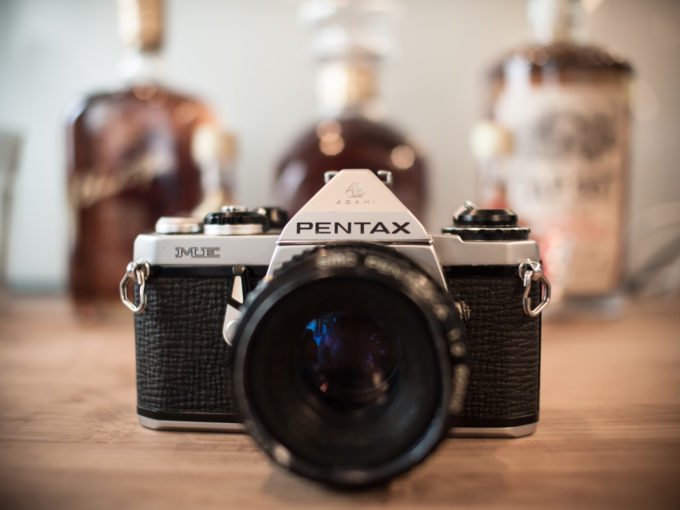
Next up, you’ll need to figure out the type of camera that you want. Point and shoot cameras are great for basically all types of shooting because you get used to specific focal lengths and lenses–and you eventually learn how to make the best of it.
An SLR basically sucks you into the same game that you’ll have with digital cameras: you’ll want more lenses, more flashes more accessories in general. Getting sick of shooting 120 film? Okay, how about a Polaroid back? Now you need to go track it down.
Similarly, hate the autofocus of your Canon SLR? You know there are ones with eye-focus, right?
Rangefinders don’t give you the same through-the-lens experience that you get with SLR cameras, but they give you approximations and you can see subjects move in and out of the frame lines. Plus they tend to be smaller, lighter, and more quiet. But wow, are they expensive.
Purchasing
While many companies like KEH have an incredibly solid track record, we really think that purchasing older film cameras need to be done in person because of a bunch of issues. Sometimes cameras with batteries in them have batteries that grow old and corrode so the electronics eventually die. Plus, you’ll want to test all of the functionalities out for yourself and see if they work and if the camera is right for you.
Our biggest recommendations are your local camera store or a bunch of other sources:
– B&H Photo Video
– Fred Miranda
– Adorama
– Foto Care
– Craigslist
Yes, Craigslist–I’ve bought many cameras off of there. But be smart. Meet in public places like cafes near a bank. At the bigger photo shops, you can often try the cameras out for yourself and the reps often know what they’re talking about.
I personally recommend staying away from eBay. Yes, it’s cheap, but if you don’t like your purchase you have to go ahead and resell the product.
Our Recommended First Purchases
If you’re still confused after reading all of this, then let us give you some more guidance. Here are some of our favorites.
Leica CL
The most affordable Leica out there. In fact, it cannibalized sales and had to be discontinued. This 35mm rangefinder will beg to be around your shoulder at all times.
Voigtlander Bessa R
A screwmount 35mm rangefinder with a fine selection of lenses available. The ergonomics are beautiful and it feels great in the hand.
Yashica Electro 35 GL
A fixed lens 35mm rangefinder camera. It’s got a very lo-fi feel to the images that it produces, but man is it fun to work with. Aperture priority only except in flash sync mode.
Pentax K1000
This is the 35mm SLR camera that so many photographers learn on. Pentax has a great selection of lenses and Rokinon makes many modern options for the system.
Nikon FM10
This really affordable and modern 35mm SLR camera is great for a beginner. It often comes with a lens, but you’ll want to search for a couple of choice primes instead.
Bronica ETR-S
Hasselblad and Mamiya have really great options for you if you plan on going into the digital world eventually, but most folks don’t have that kind of money. This 645 120 film using SLR camera is tough as nails, reliable as hell, and can often be found really cheaply.
Lomography LC-A 120
Perhaps my new favorite film camera. This 120 film shooting 6×6 format point and shoot has great metering, an excellent lens, and can fit into a jacket pocket. We reviewed it and were really sad to send it back.
Fujifilm Instax Mini 90
Perhaps the most advanced of the Instax mini cameras, you’ve got exposure compensation, macro abilities, retro aesthetics, and a portable body.
Polaroid Land Camera 185
A random choice, but if you’ve mastered manual controls then this is the only Polaroid camera that you’ll ever want to work with.


